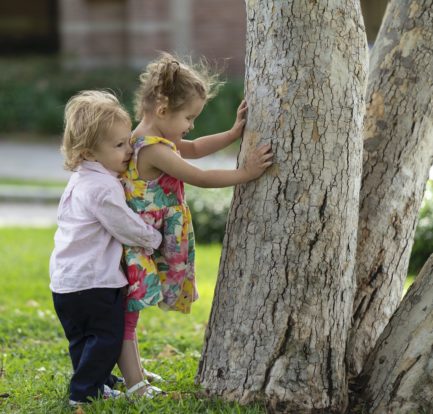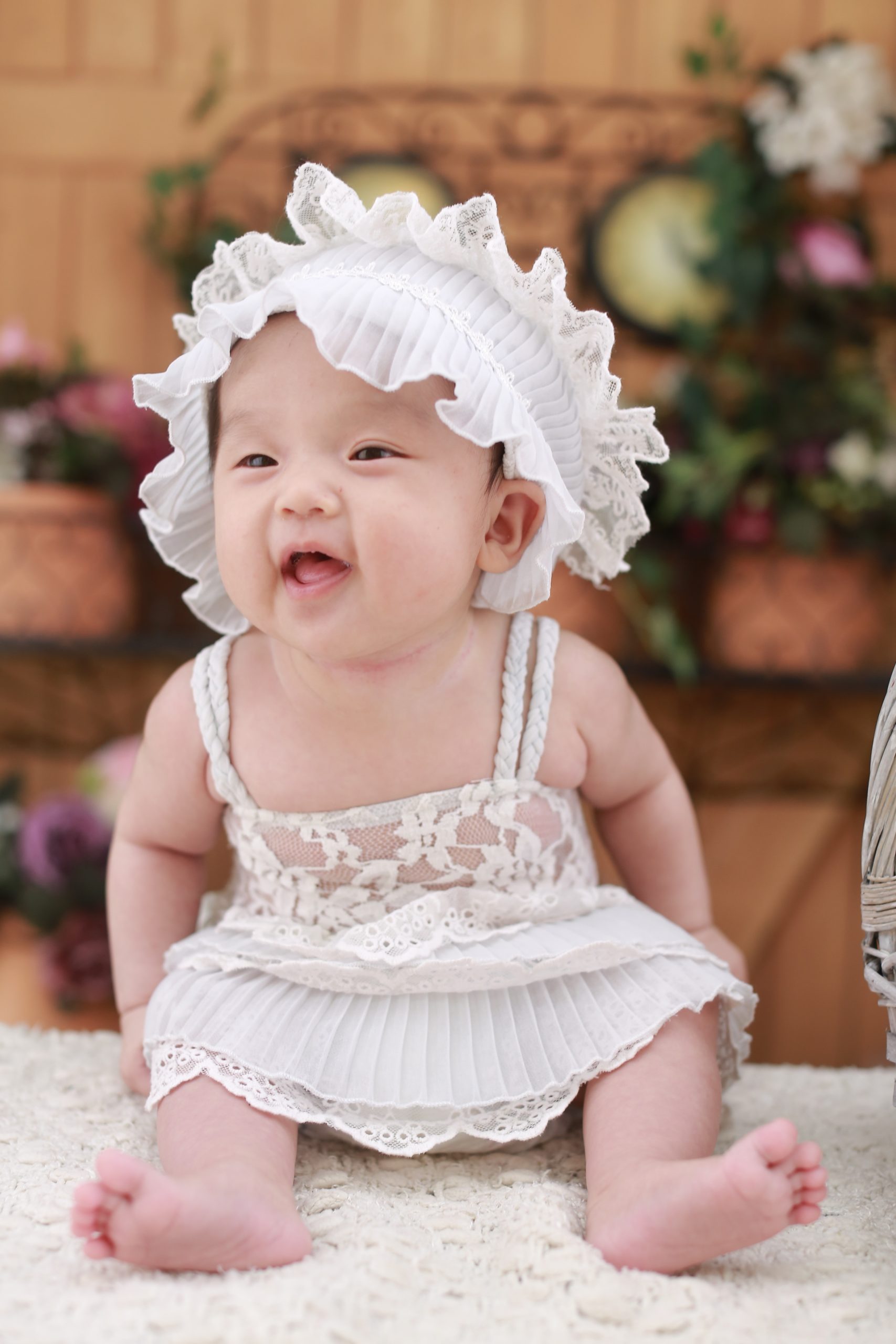Jennifer Silvers, Ph.D., is an Assistant Professor in the Developmental and Social areas of the Psychology Department at UCLA as well as at UCLA’s Brain Research Institute. She is the Principal Investigator for the Social Affective Neuroscience and Development (SAND) Lab, which studies how children, adolescents, and adults regulate their emotions and the effects of […]
Why does the pitch and rhythm of my speech change what I mean?
The word prosody refers to the tune and rhythm of language. In spoken language, prosody provides information beyond the dictionary definitions of the words we say. Consider how you’d say the word “okay,” in the following scenarios: A coworker says, “I’ll call you at two o’clock.” Someone tells you that you won a free vacation. […]
Why does my toddler have trouble with words that sound like ones they already know?
They might have a high neighborhood density. Neighborhood density refers to the number of different words that can be made by changing, adding, or deleting one basic unit of sound (phoneme). In linguistics, a neighborhood is made of all the words that sound similar. The words “heat,” “feat,” and “meat” are all in the same […]
How do kids know whether a word refers to a specific object or a bigger category?
The taxonomic assumption groups objects together based on shared characteristics. When children are learning the names for new objects, they use different strategies to learn faster. In addition to assuming that the same object name applies to objects that are the same shape (shape bias) and assuming one name per object (mutual exclusivity), young children […]
The rules for building up words from bits and pieces
Understanding morphology shapes our knowledge of language. In an earlier post, we discussed morphemes. Here, we discuss the study of morphemes, called Morphology. Linguists study morphology by studying how people learn and use morphemes, and how morphemes interact with each other when they are put together. One common purpose of morphemes is to change a […]
We can guess a few things about what your baby’s first words will be!
Babies around the world often have similar first words – why? Did you know that babies around the world usually have first words that are similar to each other? Many babies start talking with “mama” or “doggy,” but you would be surprised to hear a baby’s first word was “cartwheel” or “the!” Have you ever […]
It’s shaped like a cat, so is it a cat? Shape bias in word learning
Shape bias helps us categorize the world. Shape bias refers to the tendency of children to sort similarly-shaped objects into a category and apply the same name to them. It is an assumption that children make to help them learn. In this case, it allows children to quickly learn names by linking words to objects. […]
I speak differently to my baby than to other adults. Is it actually helping them learn?
Parentese is more than baby talk. Named after parents around the world, parentese is a style of speaking that features a higher pitch and drawn-out vowels. Believe it or not, parentese is not baby-talk. Baby-talk is when a parent babbles to their infant. They might say things like “babababa” or mispronounce words and say things […]
Your toddler knows that new words (probably!) label things they don’t yet have a name for!
Mutual exclusivity helps babies learn about the world. Mutual exclusivity is a generally helpful assumption that young children (and adults) use as they learn a language. Under this assumption, they tend to believe an object should have just one name. This leads them to expect a new name for a new object and to avoid […]
Do words look or sound like what they mean? Sometimes! Iconicity vs. Arbitrariness
How much does a word resemble what it refers to? In languages, we use words to symbolize many things, like objects, concepts, sounds, people, actions, and anything else we might want to say! But why do certain words symbolize certain things? Why is a couch a couch? Many times, there’s no real reason!* Linguists use […]

